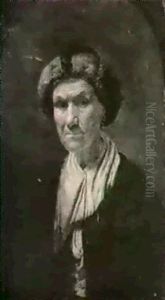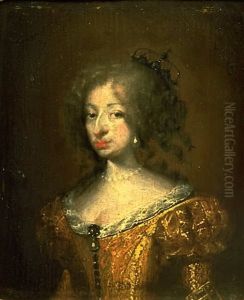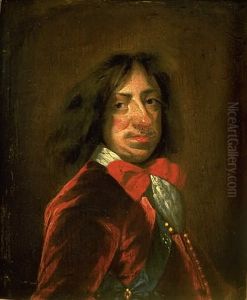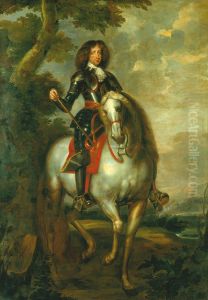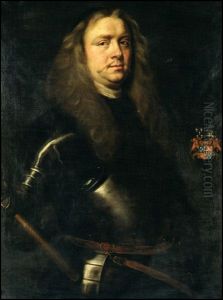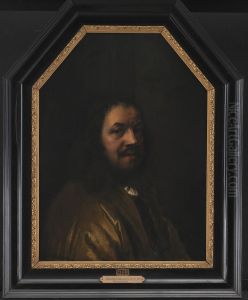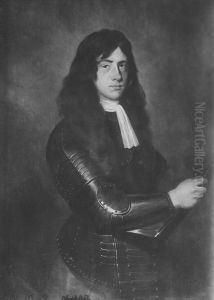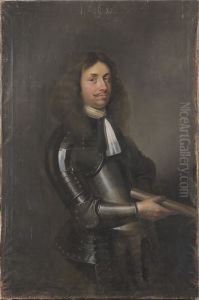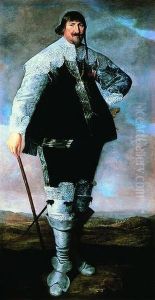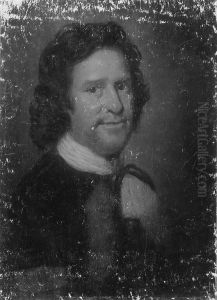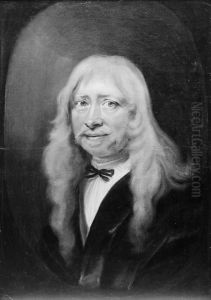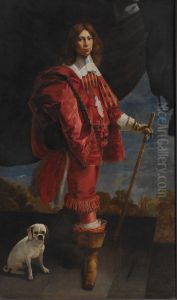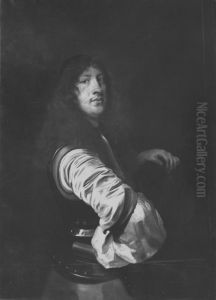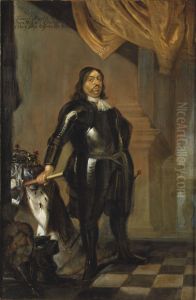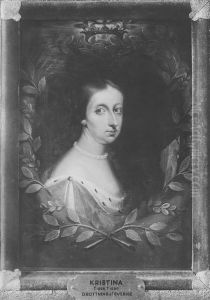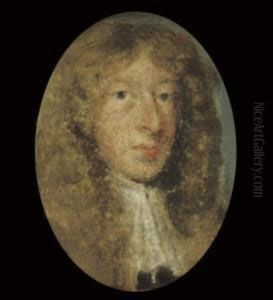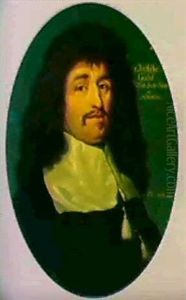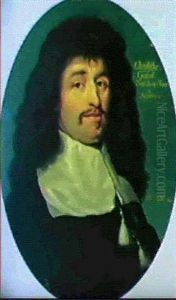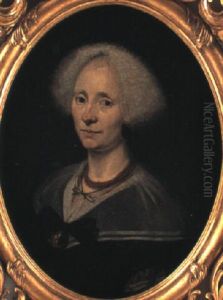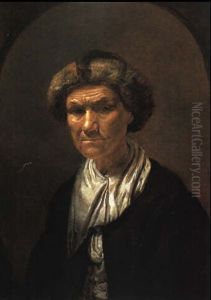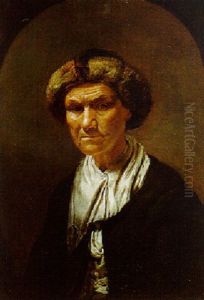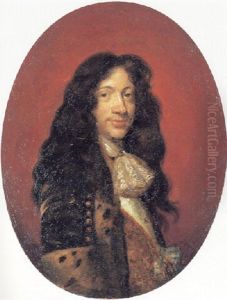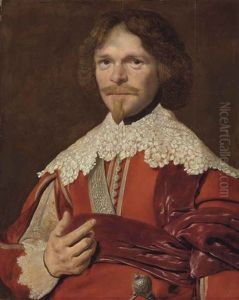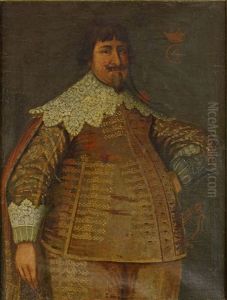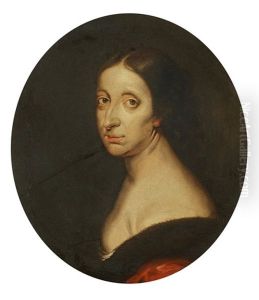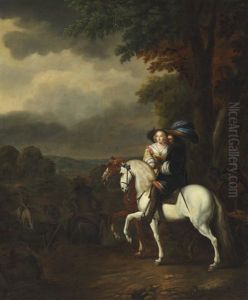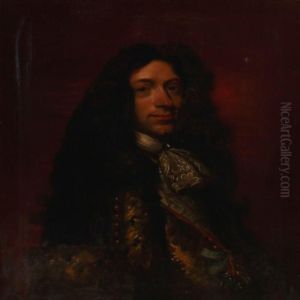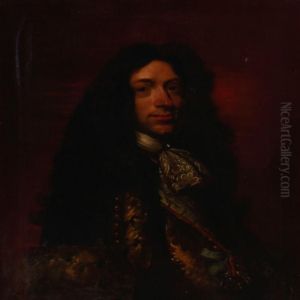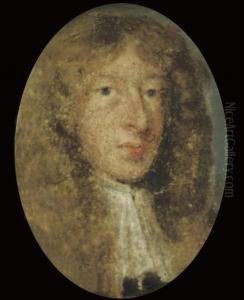Abraham Wuchters Paintings
Abraham Wuchters was a Dutch Golden Age painter and engraver, although his exact birthplace is somewhat uncertain, with some sources claiming he was born in Antwerp, while others suggest he was born in Amsterdam in 1608. His name is sometimes spelled Abraham Wuchters or Wuytiers. He is primarily known for his portrait paintings and his role as a court artist in Denmark.
Wuchters moved to Denmark in the early 1630s, where he became connected with the Danish court. In 1638, he was appointed as the court painter to King Christian IV of Denmark. This position allowed him to become one of the most significant and influential artists in Denmark during the 17th century. His portraits of royalty and the Danish nobility were highly regarded for their elegance and detail, and he was instrumental in introducing the Baroque style to Danish painting.
After the death of Christian IV in 1648, Wuchters continued to work for the Danish court, serving under Frederick III. He executed many commissions for the royal family and the nobility, maintaining his status as a prominent portraitist. In addition to his painted works, Wuchters also produced a number of engravings that further spread his reputation.
Despite his success as a court artist, there is limited information about Wuchters' personal life or his training before arriving in Denmark. It is speculated that he may have been influenced by the dominant Flemish and Dutch artistic styles of his time, which is reflected in the realism and composition of his portraits.
Wuchters died in Copenhagen in 1682, leaving behind a legacy as one of the foremost portrait painters in Danish history. His works can be found in various museums and collections, including the National Gallery of Denmark. His influence persisted in the Danish court, and his style was emulated by succeeding generations of artists in the region.
